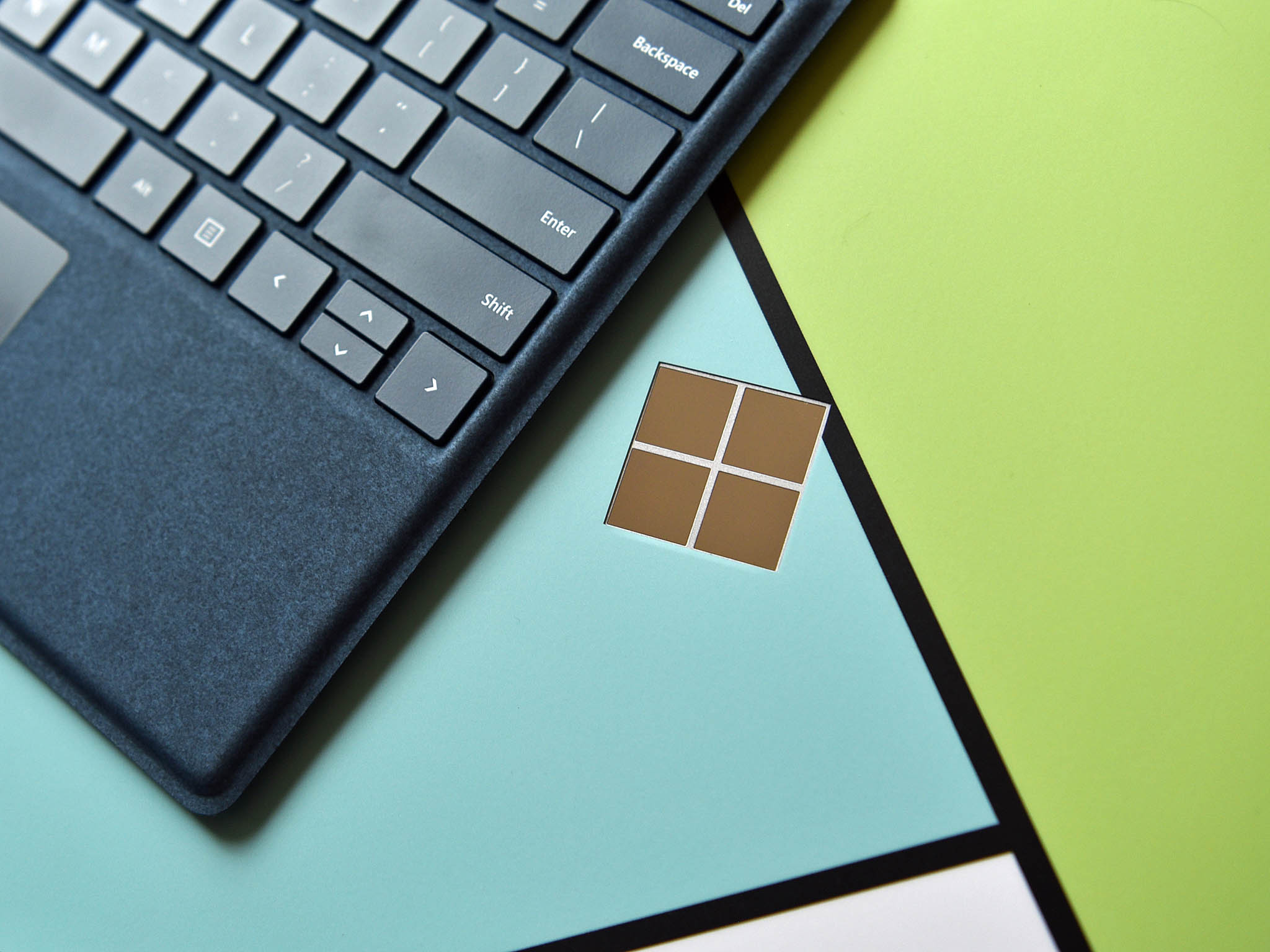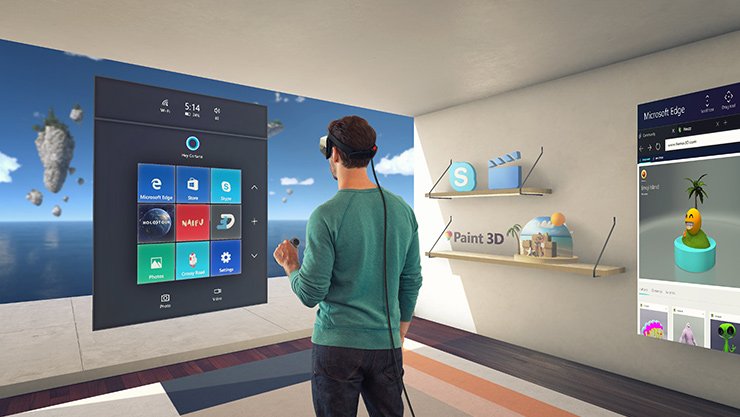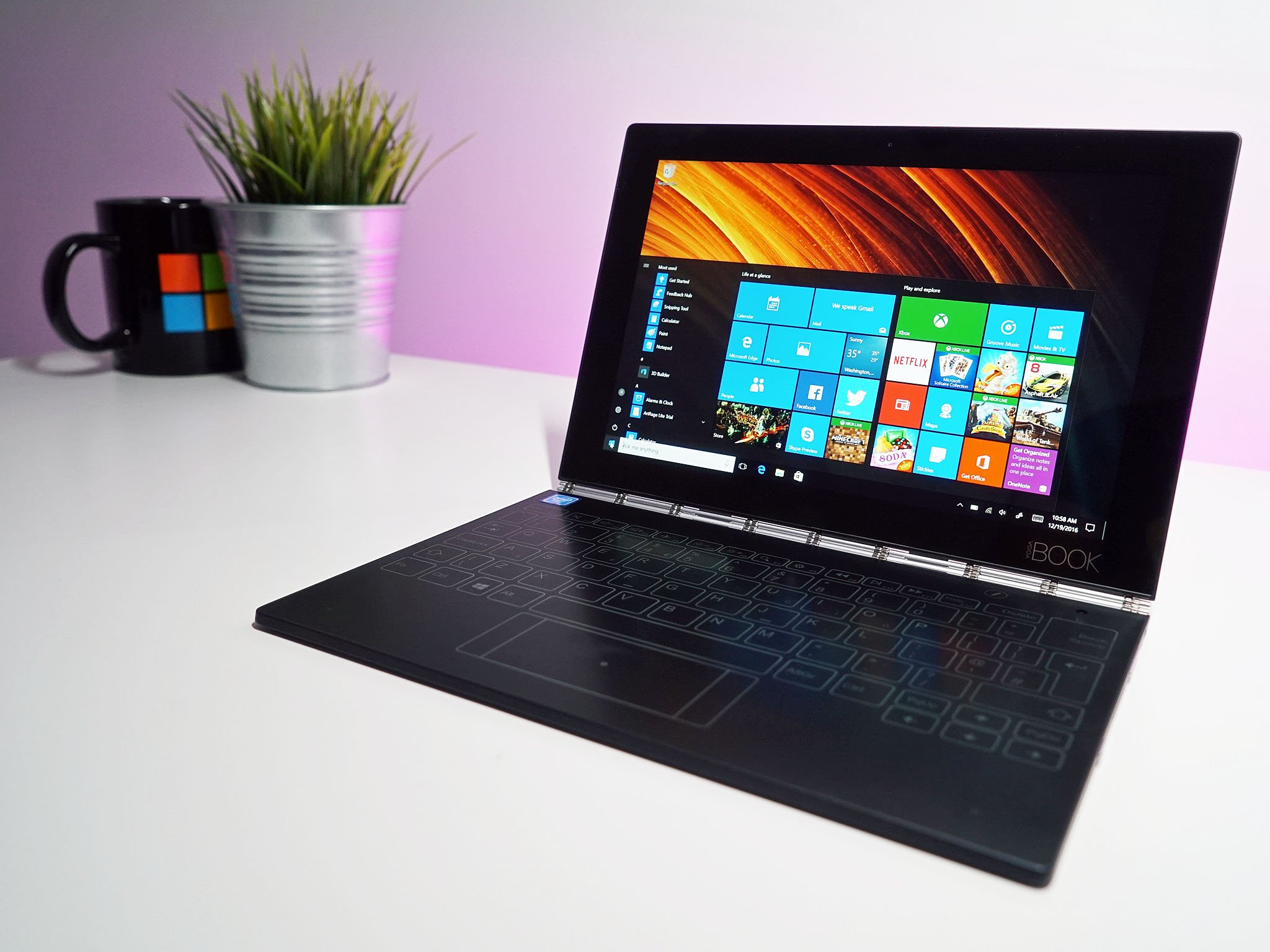What Microsoft's recent reorganization means for Windows (and you)
Mar 31, 2018
The future of personal computing is changing, and Microsoft's recent major reorganization reflects that. But it also feels confusing.

Microsoft's announcement of its reorganization of the Windows team – effectively breaking up the Window Devices Group – was seen as a surprise by many. For others, the writing had been on the wall for the last few years.
While cloud and edge computing bolstered by artificial intelligence (A.I.) sound like buzzwords, many tech companies including Amazon, Facebook, and Microsoft are betting big on them.
What does former Windows chief Terry Myerson's departure say about Microsoft's faith in Windows 10 and the future of the consumer market? It's complicated.
Microsoft's Windows 10 OS had a rough start a few years ago as the company tried to rebound from Windows 8. That cycle was a repeat of the Windows Vista to Windows 7 situation. and it demonstrates how difficult managing the Windows OS – and predicting what consumers and businesses want – can be.
Now in 2018, Windows 10 seems stable. Quarterly growth in PC users is consistent, albeit small. Bi-yearly updates are predictable, if somewhat underwhelming due to unrealistic expectations. In many ways, this is the Windows OS people have wanted for a long time.
Unfortunately, the world has changed. The cloud, ambient computing, A.I., and mobile devices now drive innovation. Quantum computing is a reality with machine learning and blockchain building the foundation for the next 30 years of computers.
How Microsoft fits into that world is the challenge its CEO Satya Nadella faces.
Today's changes, with the creation of an "Experiences & Devices" unit under Executive Vice President Rajesh Jha and the "Cloud + AI" group under Scott Guthrie, reflect that new drive towards where computing (and yes, the money) is headed for Microsoft.

This direction for Microsoft is not so new as the company has been aggressively pushing into these evolving categories for years. The difference now, according to ZDNet's Ed Bott's analysis, is that 65 percent of Microsoft's revenue comes from large corporations and government versus traditional consumers.
That "follow the money" strategy is entirely driving these changes. Today's shift of responsibilities solidifies that momentum.
The question: Does Windows drive A.I. and the intelligent edge? Or is it the other way around? Microsoft is weaving Cortana and A.I. throughout its products – including Windows – but the foundation of what we understand Windows to be is shifting. That rightly causes trepidation.
What about Surface and consumers?
The most relevant question for the Windows Central audience is what this Windows reorganization means for consumers and fans of the Surface line.
Part of the answer is how Microsoft views consumers in 2018 versus 2012. According to people at Microsoft, the divide between enterprise and consumers is not something they consciously think about when designing products. Those working in a cubicle, office, or professional firm want to use the same laptop for work as they do for home and travel. The same goes for mobile phones, and the days of carrying a BlackBerry for business and an iPhone for fun are long gone.
The same rationale is used for the recent focus on adding 4G LTE to laptops and Surface devices as I recently explained. The modern workforce is increasingly mobile, reliant on the internet (and by extension, the cloud), and it requires security. These are all areas where Microsoft can not only contribute but drive innovation.
That view is why the head of Surface – Panos Panay – gets the new title of Chief Product Officer from his previous designation as corporate VP of Devices where he will, according to Microsof, lead "our devices vision and further our product ethos across hardware and software boundaries for our first-party devices, while creating new categories and opportunities for the entire ecosystem."
For those worried that Microsoft will ditch the Surface brand, something I called crazy in the past, today's news demonstrates the company is doubling-down on hardware. Nadella told Bloomberg in 2017, "It's Alan Kay who said 'if you're serious about your software, you make your own hardware.' I think there's some truth to it."
Conversely, if Microsoft were going to dump its hardware ambitions for Windows software, today would have been a great day for to do it. You don't get many chances to reorganize a massive part of your company.
Microsoft's Joe Belfiore, Corporate Vice President of Windows 10, "…will continue leading our Windows experiences and will drive Windows innovation in partnership with the PC and device ecosystem," Microsoft said. "The future of Windows is bright as we continue to innovate across new scenarios and device form factors, and more deeply connect to our Microsoft 365 offerings."
The "new devices and form factors" should not be surprising, and Belfiore is evidently thinking about next-generation tech, as he told us in a recent interview.
Windows will adapt

Is this the end of Windows? Far from it. But this may be the end of Windows as a cornerstone of Microsoft's business, and that is a big deal.
Long term, I see Windows, the intelligent cloud, and the intelligent edge weaving together to adapt to where computing is heading. The notion that in 10 years we'll still have traditional desktop PCs and candy-bar smartphones seems antiquated. Ambient displays powered by roaming cloud profiles for Windows, holographic wearables, and devices that adapt to our needs seem more likely, even if still distant.
One of the most significant problems Microsoft has had in the past is creating technology in response to the current market. This "too late" scenario has played out numerous times, followed by "too early" and "not taken seriously." Microsoft Band, Windows Phone, and various digital services come to mind.
This time, however, Microsoft is thinking about its survival for the next 30 years, not only as another tech company, but a leader. Concepts like "the intelligent cloud and intelligent edge" feel intangible and hard to define, yet there seems little doubt that how we view computing, communication, and smart assistants is undergoing a significant shift.
A lot of what we know today as "personal computing" will be based on A.I., the cloud, and intelligence in the next few decades. Operating systems will need to not only support that structure but be built around it. If Microsoft doesn't do it, Amazon or Google will, and that leaves the future of Windows not in the hands of Microsoft. From that view, I see Windows as being the front-end to A.I., ambient, and cloud computing versus the be-all, end-all platform it is now. That's a significant shift in how we view computing.
Having the right people in charge to focus and execute on what customers – consumer and corporations – want versus just optimizing for efficiency is going to be fundamental. Whether today's decisions reflect that remains to be seen. My hunch is we'll be hearing a lot more about Microsoft's new focus at Build 2018 in May.
Source: Windows Central